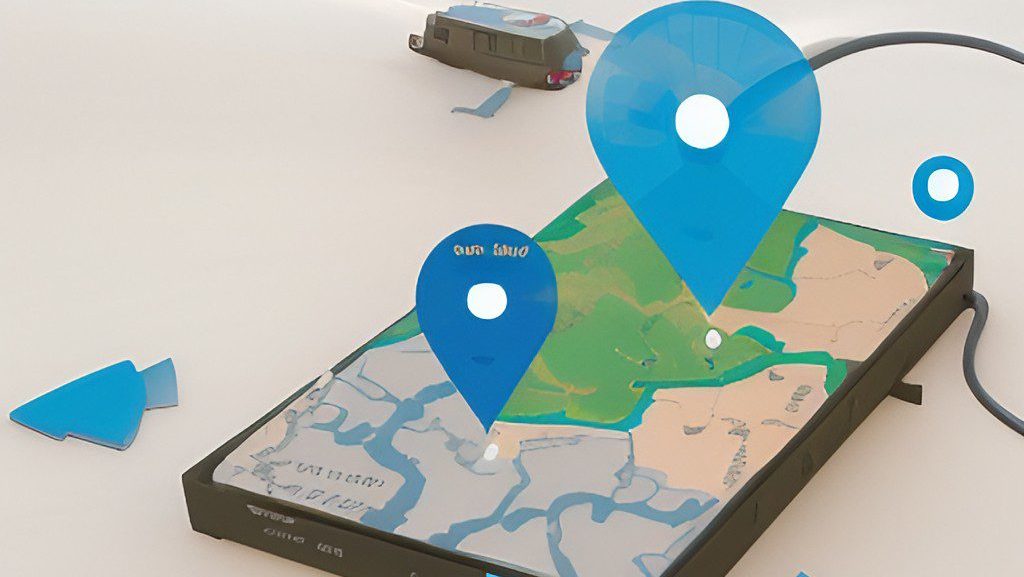Navigating the open road on a motorcycle is a unique and thrilling experience. However, even the most seasoned riders can find themselves lost on unfamiliar routes. That’s where a reliable motorcycle GPS system plays a pivotal role. Whether you’re planning a cross-country tour or a weekend outing, a GPS system designed specifically for motorcycles can provide accurate directions, traffic updates, weather forecasts, and much more. In the following sections, we will delve into the world of Motorcycle GPS systems, highlighting the key considerations for potential buyers, and reviewing some of the top products in the market today. Stay tuned to make your next ride more secure and enjoyable.
Key Features to Consider in a Motorcycle GPS
When choosing a motorcycle GPS, the rider should prioritize features that cater to their specific needs. Here are some of the critical features to look for in a motorcycle GPS:
Durability: Motorcycle GPS systems need to withstand extreme weather conditions and the occasional bump or drop. Look for models with a rugged build and waterproof ratings.
Screen Size and Visibility: A screen that’s too small can be hard to read at a glance while riding. Optimal display size and clarity, even in bright sunlight, are essential for safe navigation.
Routing Options: Some GPS systems allow riders to choose their route based on preferences, like avoiding highways or finding the most scenic paths. This feature can significantly enhance the riding experience.
Hands-Free Operation: Voice-guided directions and speech recognition allow for safer, hands-free operation, a crucial aspect for motorcycle riders.
Battery Life: The GPS should have long battery life, especially for long-distance riders. Alternatively, a model that can be wired to the bike’s battery is a good choice.
Top Motorcycle GPS Systems
Below, we review some of the top motorcycle GPS systems on the market.
1. Garmin Zumo XT: This all-weather, rugged motorcycle GPS comes with a 5.5-inch display and provides high-resolution, glove-friendly touchscreen functionality. It offers adventurous routing options, live traffic and weather updates, and a host of other features.
2. TomTom Rider 550: The Rider 550 features a durable, weatherproof design and a vivid, 4.3-inch touchscreen that’s easy to read in bright sunlight. It provides Wi-Fi updates, smartphone messages, and world maps for life.
In the next section, we will delve deeper into these products and more, highlighting their pros and cons to help you select the perfect companion for your rides.
Stay tuned for more insightful reviews and guides on adding technology to your cruising experience.
Detailed Review of Select Motorcycle GPS Systems
Let’s explore some popular motorcycle GPS systems in detail:
Garmin Zumo XT: A Closer Look
The Garmin Zumo XT stands out for several reasons. Its 5.5-inch ultrabright display ensures excellent visibility even in broad daylight. The adventurous routing options allow riders to select twisty, hilly routes, elevating the ride experience. It also features preloaded off-road topographic maps and a Track recorder. The Zumo XT is compatible with inReach satellite communicators, enabling two-way text messaging and interactive SOS alerts. However, some potential drawbacks include high cost and the need for a Garmin inReach satellite subscription to access some features.
TomTom Rider 550: In-depth Review
TomTom Rider 550 offers impressive features in a durable, weatherproof design. It boasts a quad-core processor that delivers speedy performance and allows for Wi-Fi updates. With the MyDrive Route planning feature, riders can pre-plan thrilling rides. The GPS also provides smartphone notifications, enabling riders to make and take calls via Siri voice recognition or Google Now. Lifetime access to world maps and traffic updates is a significant plus. However, a few shortcomings to note include a less user-friendly interface compared to competitors and occasional issues with route recalculations.
In the next section, we’ll continue our exploration of top-tier motorcycle GPS systems, providing you with all the information you need to make an informed purchase.
BMW Motorrad Navigator VI: Detailed Evaluation
The BMW Motorrad Navigator VI is another top-tier choice for motorcycle enthusiasts. This GPS system is packed with features designed for the road, including a large 5-inch touchscreen that adapts to light conditions for optimal readability, even in direct sunlight. Its advanced routing feature enables riders to specify preferred twisty or scenic routes, adding an exciting twist to any trip. The Motorrad Navigator VI also features Bluetooth connectivity, allowing hands-free calling and music streaming directly through the device. However, it’s worth mentioning that this model is on the higher end of the price range, and some users have reported difficulties with the Bluetooth pairing process.
Garmin Montana 610: An In-depth Look
The Garmin Montana 610 is a different breed of GPS, designed for both on and off-road adventure. This rugged, waterproof GPS features a dual-orientation, 4-inch color touchscreen that’s easy to read in any light. Its Track Manager feature lets riders navigate through waypoints, routes, and track logs with ease. One unique feature of the Montana 610 is its high-sensitivity, WAAS-enabled GPS receiver with HotFix satellite prediction, which ensures fast and accurate positioning. Its main drawbacks are the lack of free map updates, and the unit’s bulkiness compared to more streamlined models.
In the following sections, we will further examine additional motorcycle GPS systems, spotlighting their individual features, benefits, and potential drawbacks. Stay tuned as we continue to guide you towards the best choices for your specific riding needs.
In conclusion, the market for motorcycle GPS systems is rich with options to suit a variety of rider preferences and needs. From the adventurous routing of the Garmin Zumo XT to the versatile on and off-road functionality of the Garmin Montana 610, each unit brings unique features and benefits to the table. However, it’s essential to evaluate the pros and cons carefully, and consideration of factors such as durability, screen size, routing options, hands-free operation, and battery life is crucial. With careful research and thoughtful consideration, riders can find the perfect GPS companion to enhance their cruising experience. Remember, the best GPS system for you will ultimately depend on your personal requirements and riding style.

